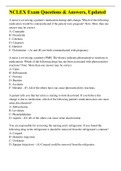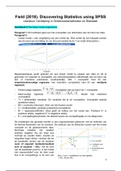Summary
Intercultural Competences (ICB) PDF documents Summary
- Course
- Institution
Summary of the relevant PDF documents for the ICB class. National Cultures and Corporate Cultures - Trompenaars The Great Divide - Gesteland The Six Stumbling Blocks - Barna The International Manager - Schneider & Barsoux
[Show more]












